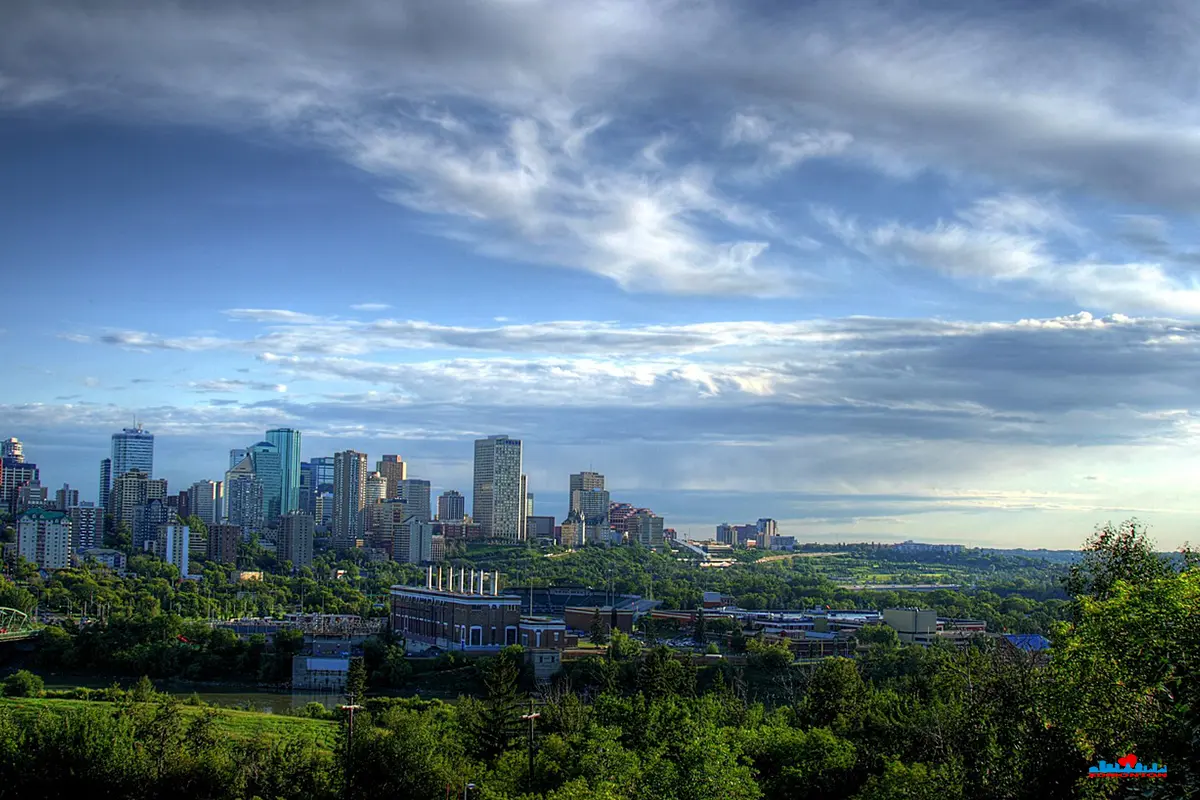
The Key Points
- Calgary's previously hot rental market is beginning to stabilize, with new apartment builds easing vacancy rates and creating more renter options.
- Smaller towns outside Alberta’s urban centers face an intense rental squeeze, with vacancy rates below 1% in places like Leduc and Camrose.
- Record-high rental prices persist despite Calgary’s cooling, while Edmonton has become a new focal point for those seeking affordable options within the province.
- Population growth, immigration limits, and high construction costs could impact future rental availability and pricing across Alberta.
Alberta’s rental market is changing dramatically as Calgary’s once red-hot market shows signs of cooling while smaller cities and towns struggle under record-low vacancy rates. This evolving trend reflects Alberta’s rapid population growth, high housing demand, and a surge in new apartment construction, creating a complex landscape for renters across the province.
Cooling Trends in Calgary’s Rental Market
After leading the country in rental price growth in 2023, Calgary’s rental market may have reached its peak, according to recent data from Rentals.ca. Rental rates in Calgary dropped over the past two months, a notable shift given that the late summer period—August and September—usually marks the height of rental activity, especially with students returning to school.
Mike Bucci, vice president of Bucci Developments, shared insights at the Calgary Real Estate Forum, noting, “Renters have a choice now.” Giacomo Ladas echoed this sentiment from Rentals.ca, who observed that move-in bonuses and incentives have returned, signaling that landlords may now need to attract rather than select tenants.

The easing rental rates in Calgary coincide with the start of record-breaking housing in the city. In 2023 alone, new apartment construction set an all-time high, with over 45,000 units under development across Alberta.
Mark Parsons, chief economist at ATB Financial, attributes this surge to the province’s rapid population growth, primarily from interprovincial migration, as people move from more expensive regions like Vancouver and Toronto.
The Shift to Edmonton’s Rental Market
As Calgary’s market cools, Edmonton has become a more affordable destination for renters. The city recorded a 12% growth in apartment rents this past year, the fastest rate in Canada. Alberta’s comparative affordability within Canada continues to drive migration to Edmonton, where people search for more affordable housing.
Parsons notes that people are now “chasing affordability” within Alberta, particularly in Edmonton. However, this influx of residents has also led to tight rental markets in surrounding communities like Leduc, where the vacancy rate currently sits at just 0.8%. According to the Canada Mortgage and Housing Corporation (CMHC), Edmonton’s rental vacancy rate remains low at 2.5%, creating mounting pressure on rental availability and prices across the region.
Extreme Rental Squeeze in Smaller Towns
Many smaller towns Outside Edmonton and Calgary face an even more severe rental crunch. CMHC data indicates that places like Camrose, just southeast of Edmonton, are experiencing vacancy rates as low as 0.2%.
This rental squeeze makes it challenging for renters with limited budgets to find suitable housing, especially those like Kimberly Doyle, a bus driver from Red Deer County.
Doyle’s search for affordable housing took over eight months. “I was super-close to rehoming my dogs just so I could have a place to live,” she shared. Eventually, she secured a shared rental home, but her rent consumes over half of her income.
She will share a five-bedroom house with another family in the hamlet of Springbrook. This compromise reflects the difficulty many face in securing affordable, independent living arrangements in Alberta’s smaller towns.
CMHC’s lead economist for Prairies and Territories, Taylor Pardy, explained that anything below a 1% vacancy rate, as seen in towns like Leduc and Camrose, creates a severe market pinch. “That’s very, very tight, and it’s starting to drive stronger rent increases,” Pardy noted, highlighting that average rent for a two-bedroom unit in Camrose jumped 7.7% in the past year, a pace not seen since Alberta’s last oil boom in the mid-2000s.
Population Growth, New Policies, and Rising Construction Costs
Alberta’s population boom has been a central factor in its rental dynamics. Recent federal limits on temporary and permanent immigration, however, are expected to slow Alberta’s population growth to approximately 2% next year. This may reduce demand slightly, but high construction costs are expected to keep upward pressure on rental prices, especially in Calgary.
With interest from migrants within Canada remaining high, especially from pricier cities, Alberta’s cities are likely to see continued demand. Richie Bhamra, executive vice-president at CBRE, suggests that Calgary’s rental market could stabilize and move towards balance.
However, he warns, “To make economic sense of developments, we’re going to continue to see upward pressure on rents” as developers contend with rising building costs and an uncertain economic climate.
Future Outlook: Will Alberta’s Rental Markets Stabilize?
Whether Calgary’s market cooling represents a longer-term trend or a short-term adjustment remains open. ATB’s Parsons points to Edmonton and its surrounding towns as regions where rental demand is likely to grow as new migrants seek more affordable options.
The province’s significant increase in multifamily housing supply could gradually ease tight vacancy rates. Still, experts like Jamie Doyle, general manager of sustainable growth and development for Spruce Grove, caution that housing inventory moves quickly, and new units may fall short of demand.
As Alberta’s urban centers and surrounding communities adjust to changing rental trends, renters in smaller towns will likely face continued challenges. “It’s frustrating that I have to live with other people to live comfortably,” Doyle from Red Deer shared, expressing a sentiment likely shared by many in Alberta’s smaller, high-demand rental markets.
The combination of new construction, interprovincial migration, and a stabilizing Calgary market suggests Alberta’s rental landscape is becoming more complex. While Calgary renters may enjoy a slight reprieve, smaller towns may continue to face a tight, competitive rental environment for the foreseeable future.

Nuala Nichols is a versatile writer covering politics, local news, and community stories in Edmonton. With a sharp eye for detail and a passion for insightful storytelling, she brings clarity and depth to diverse topics, helping readers stay informed and connected to their community. Follow her on X.


